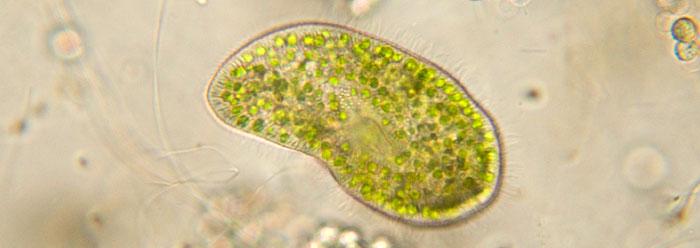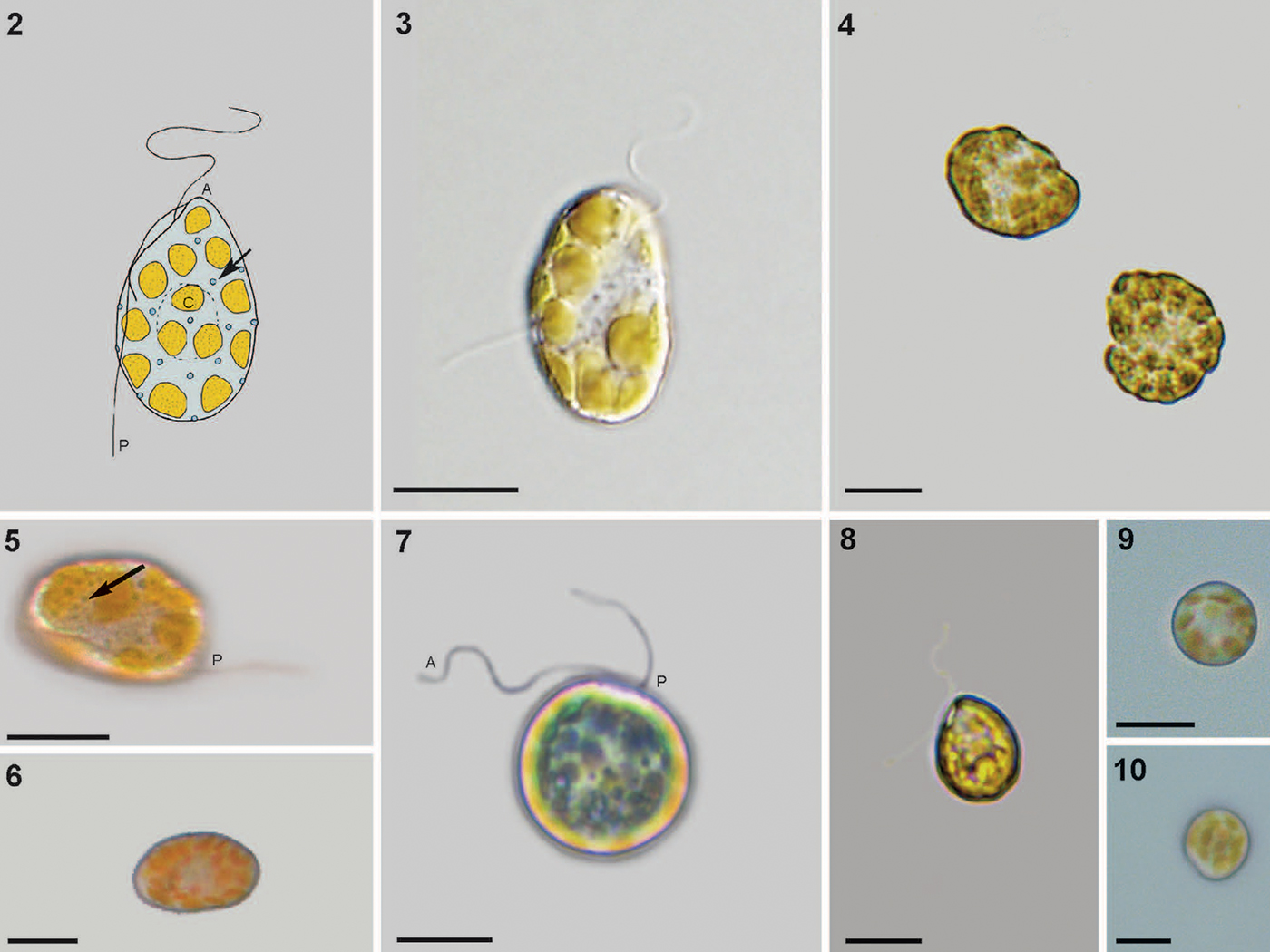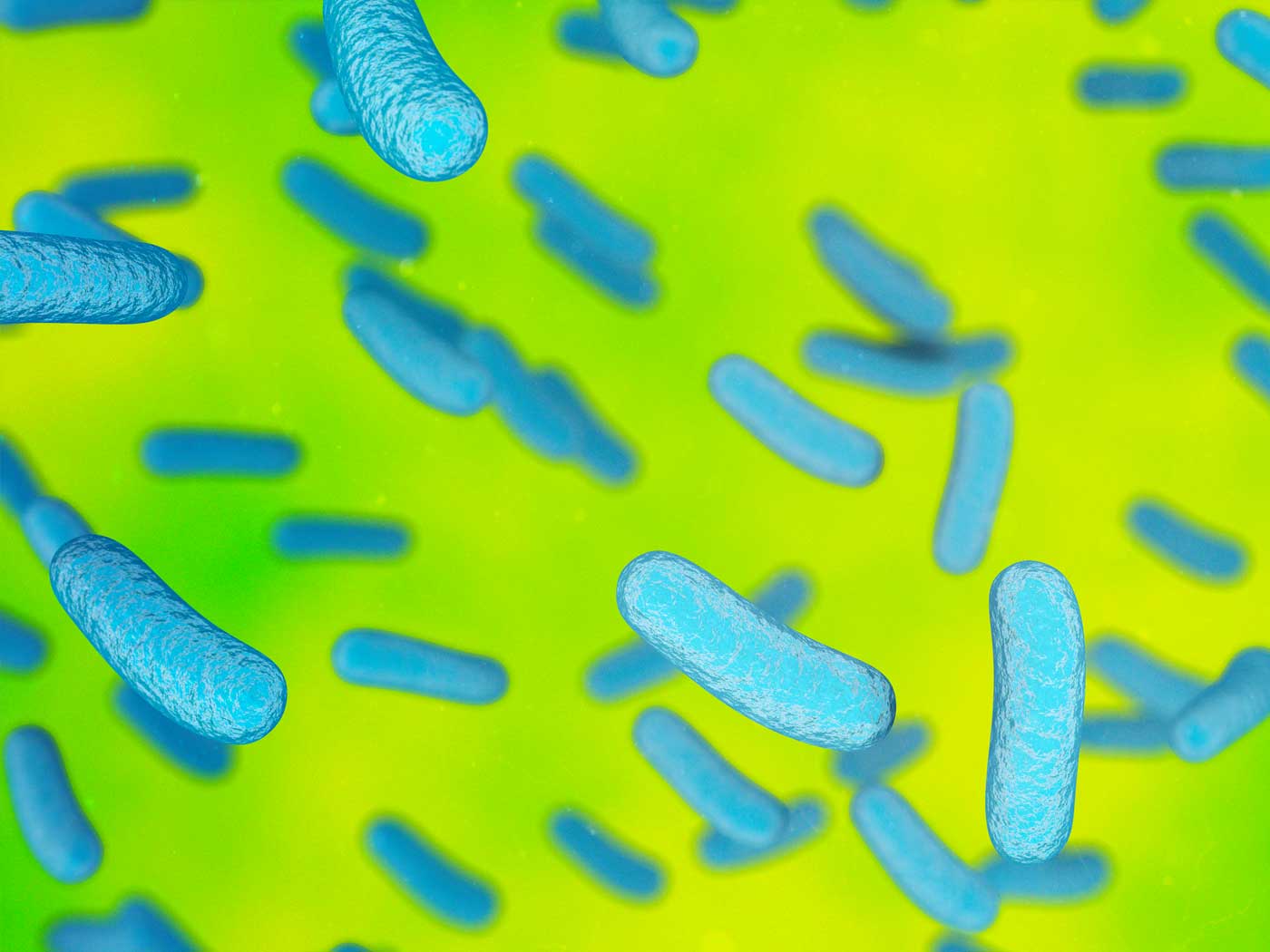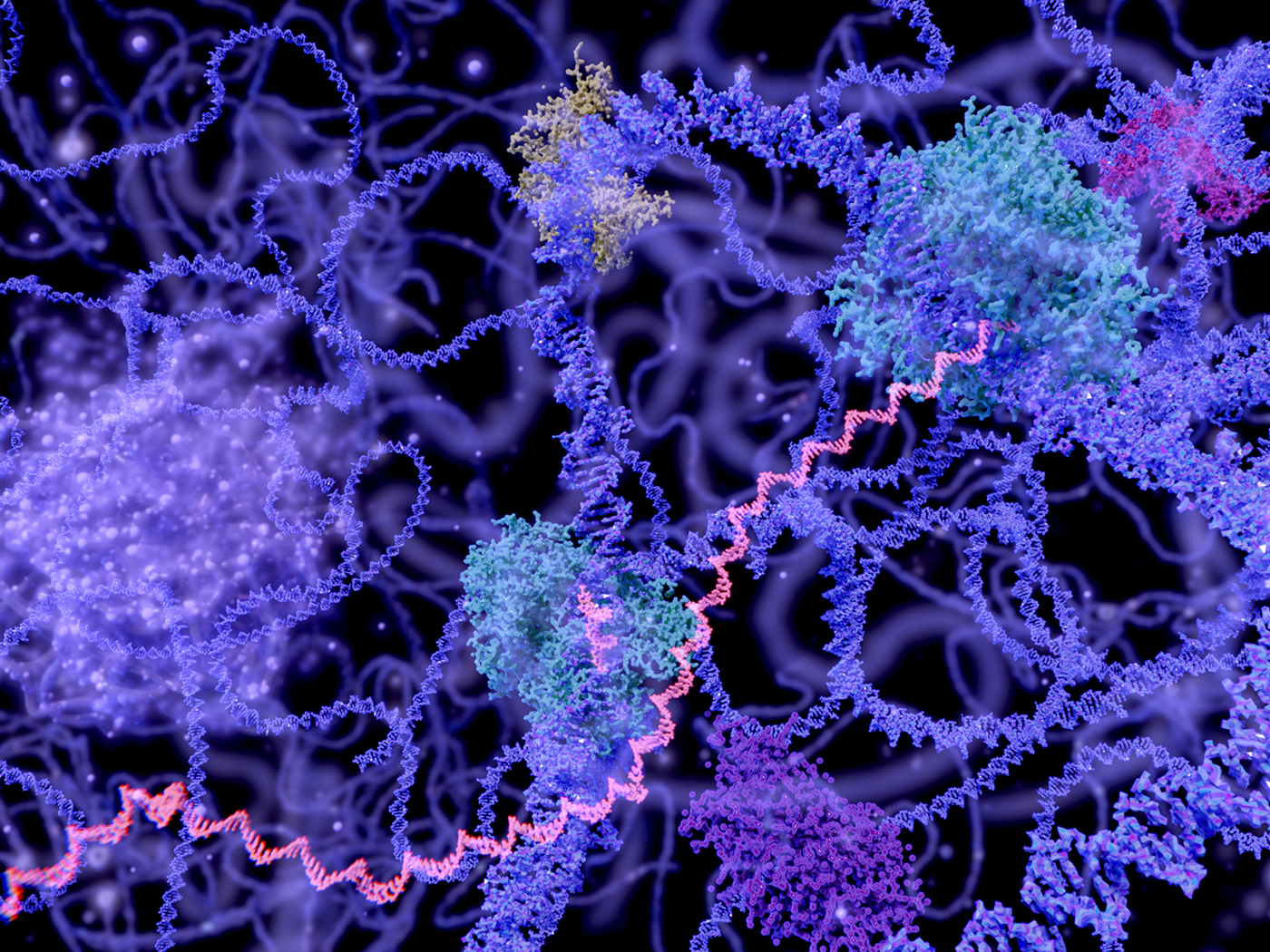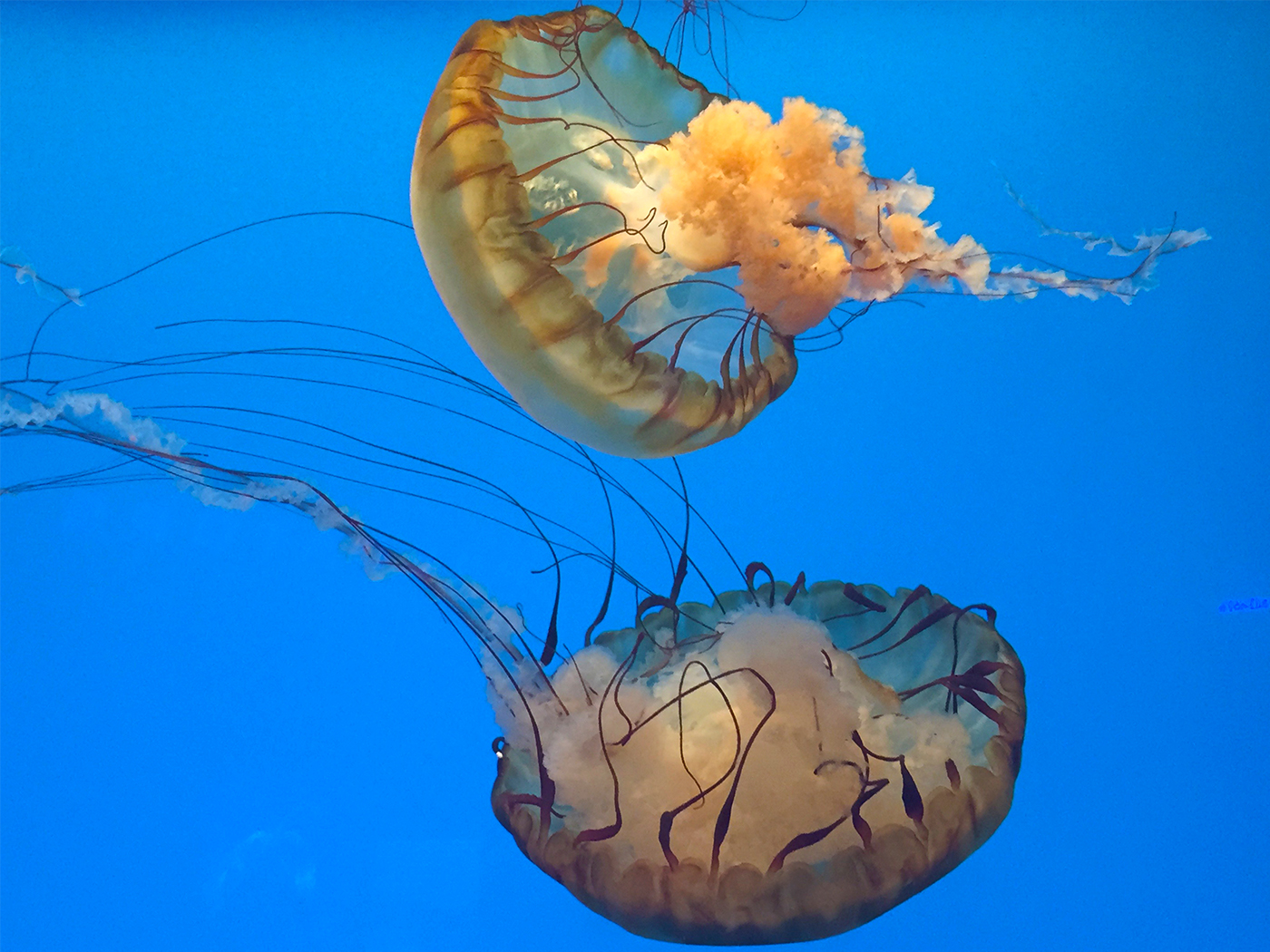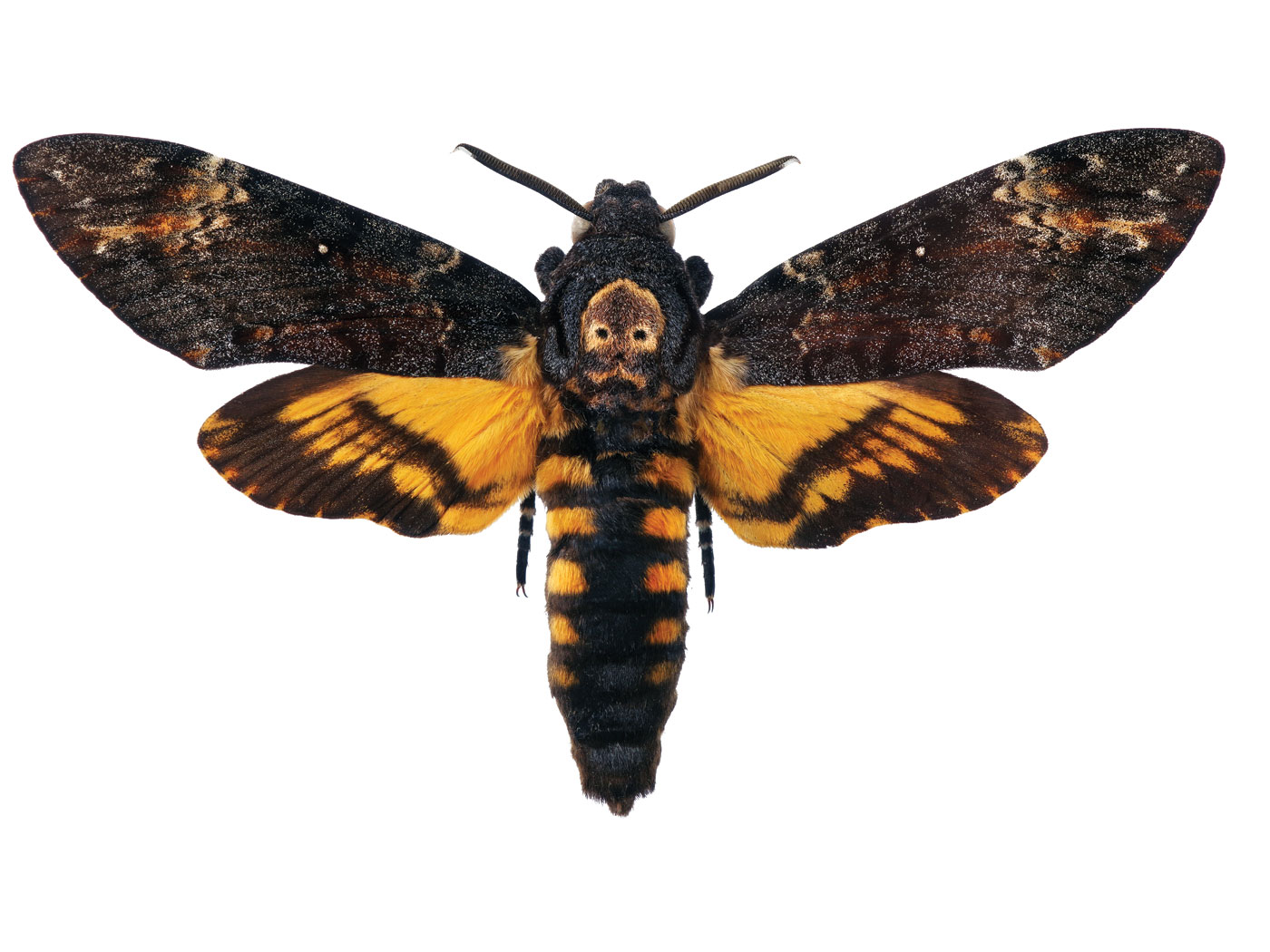One mystery that naturalists have yet to solve is how randomly shaped and distributed chemicals were organized, concentrated, and combined into the first living bacterial cell. The next great mystery is how eukaryotic cells—or cells with a nucleus—could have come from bacteria.
In their exploration of this key question, a pair of evolutionary biologists has unwittingly uncovered specific reasons why such cells could not have evolved from bacteria.
Eukaryotic cells are typically much larger than bacterial cells, have much more DNA (and much more of that DNA dedicated to self-regulation), and have compartments for the performance of important tasks like energy production. The biologists calculated that the energy costs of processing eukaryotic DNA require the presence of mitochondria, cellular structures that contain the instructions and tiny machinery to produce energy in cells.
In a study published in Nature, the authors asked, "If the compartmentalization of energy coupling within cells gives such a massive energetic advantage, why don't prokaryotes [tiny cells without nuclei] just compartmentalize themselves?"1 One possibility is that they simply can't. But the authors do not entertain that option, since it would close the door on naturalistic origins for cellular life.
The study's authors found that the total energy required to process eukaryotic DNA is far more than any bacterial system can produce. They therefore maintained that "mitochondria are prerequisite to [eukaryote] complexity."1 They further wrote:
The transition to complex life on Earth was a unique event that hinged on a bioenergetic jump afforded by spatially combinatorial relations between two cells and two genomes (endosymbiosis), rather than natural selection acting on mutations accumulated gradually among physically isolated prokaryotic individuals.1 (emphasis added)
In other words, the first eukaryotic cell must have had fully functioning mitochondria right from the beginning. "To exist at all, they have to have an interaction between these genomes," lead author Nick Lane said in an online mini-lecture.2
The "endosymbiosis" mentioned in the Nature paper is the evolutionary story offered to "explain" how the first mitochondria evolved. One bacterium (or archaebacterium) supposedly engulfed a smaller one. Then, the captured cell morphed into a mitochondrion, producing energy for its host and receiving nutrients in return.
Based on the study's observations of the energy required by all eukaryotic cells, how feasible is this story? The report unwittingly helped answer this question by mentioning some of the required specifications for eukaryotic cells. All of them must be met precisely or the whole cell would die. With each specification, the likelihood of it occurring by chance-based natural processes diminishes.
For example, the first eukaryote must have had a mitochondrial membrane of sufficient surface area. All known mitochondria have very convoluted and folded membranes to achieve this, unlike the bacterial membrane from which it supposedly evolved.
Further, Lane and co-author William Martin described how the very first mitochondrion had to contain just the right genes—and just the right gene density—to specify the manufacture of required proteins. Also, the new mitochondrion needed thousands of copies of those genes, with each copy placed close enough to the appropriate machinery so that energy could be produced fast enough to meet the cell's needs.
And the authors did not explore all the hurdles. Even though it has its own unique DNA, today's mitochondria rely on the cell's nuclear DNA to specify most of its required parts. What are the chances that just these genes migrated from the engulfed bacteria and were spliced into their host's nuclear DNA?
And what naturalistic explanation is there for the required complete set of regulatory communication signals and signal receivers that activate those genes, as well as the transportation of their new products to just the right destinations? Then there is the issue of that first cell couple being able to reproduce in tandem so that the next generation contained components from both the original cell and its new mitochondrion.
Thus, not only is there precious little evidence favoring endosymbiosis, but there is overwhelming evidence that refutes it.
Such a one-time event, wherein some bacterium instantly received a fully prepped mitochondrion, "is essentially an 'evolutionary miracle', assumed to have happened in the past, but never seen or duplicated in the present."3 Since the observable structures in eukaryotic cells cannot reasonably be explained through any natural cause, they therefore clearly demand a supernatural origin.
References
- Lane, N. and W. Martin. 2010. The energetics of genome complexity. Nature. 467 (7318): 929-934.
- Mini-lecture: The origins of complex life. University College London online video. Posted on ucl.ac.uk October 22, 2010, accessed October 25, 2010.
- Demick, D. 2006. Mitochondria―created to energize us. Journal of Creation. 20 (3): 11.
* Mr. Thomas is Science Writer at the Institute for Creation Research.
Article posted on October 28, 2010.




